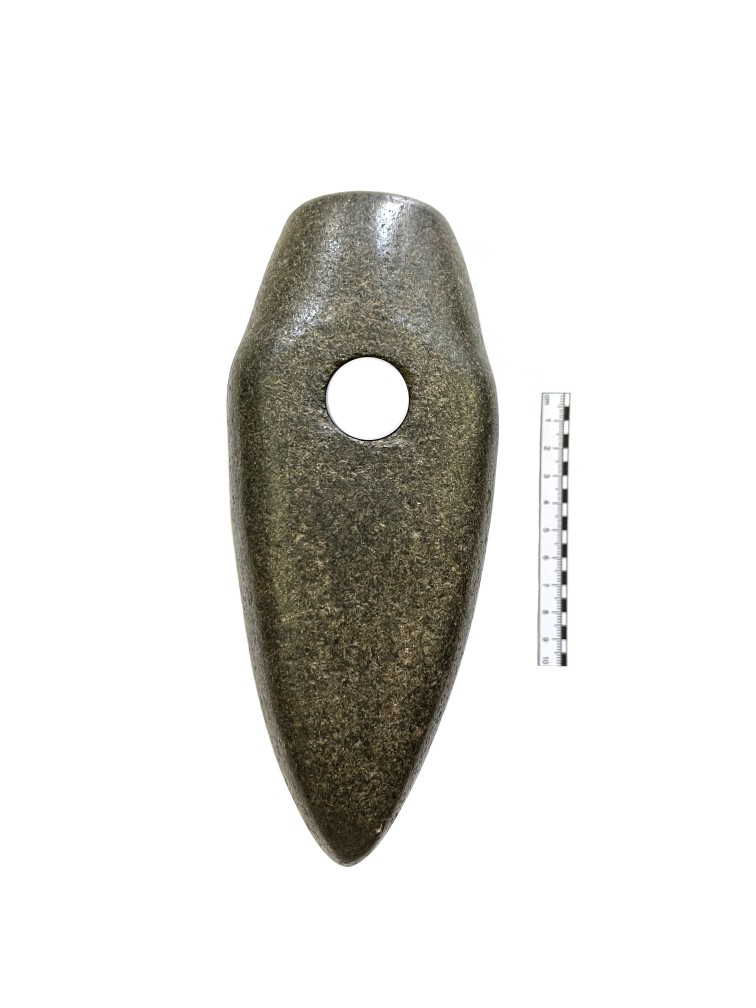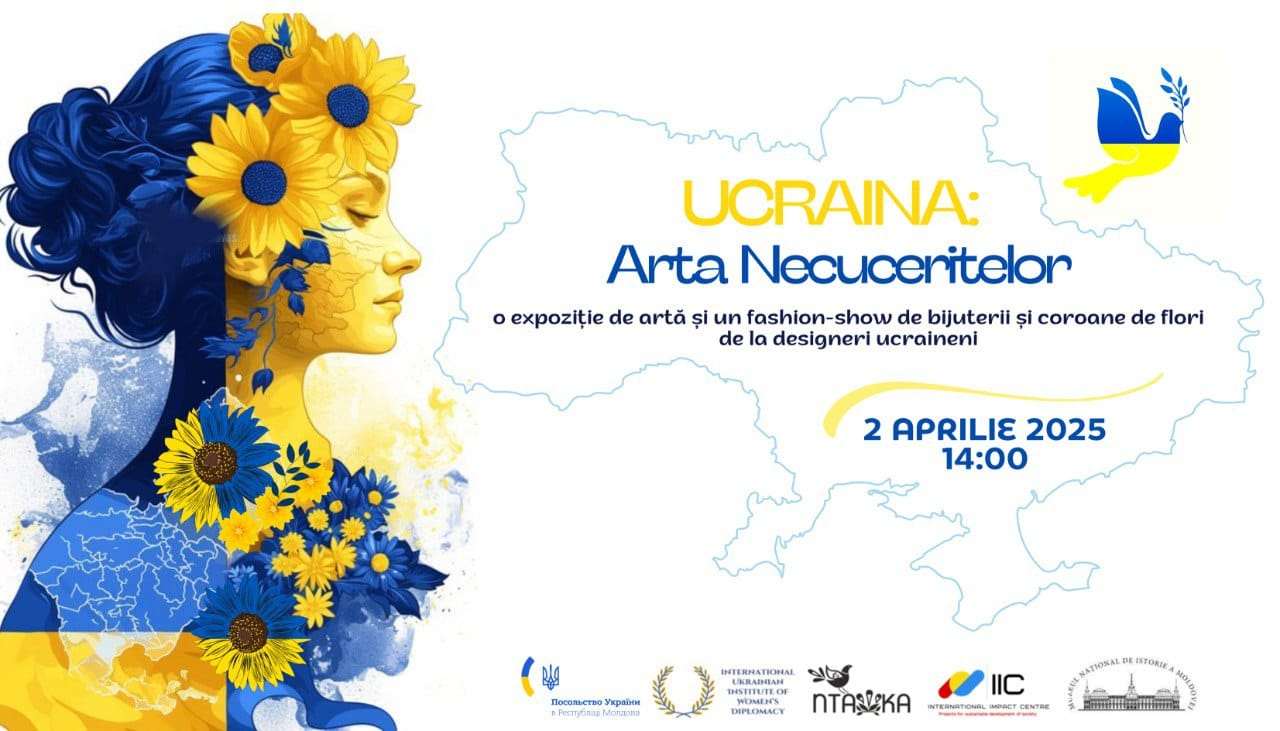  Events Archive Events Archive
Opening of the Exhibition "UNHEARD VOICES"
February 14, 2025
On February 14, 2025, the National Museum of History of Moldova hosted the opening of the exhibition "UNHEARD VOICES", a project that brings to the forefront the realities experienced by people with disabilities and refugees in the Republic of Moldova. Organized by the ELPIS Association, the event aims to stimulate social reflection and initiate a dialogue on the inclusion and rights of vulnerable groups.
The opening was attended by activists, representatives of civil society, journalists, as well as members of the refugee and disability communities. The event provided an opportunity for discussion about the challenges these groups face and possible solutions for better integration and social inclusion.
"Photographs help us show what we feel and experience. Sometimes, words are not enough to express pain, frustration, or the hope for peace in our country," shared one of the participants, a refugee from Ukraine.
This exhibition serves as a space for reflection, challenging visitors to look beyond clichés and understand the realities of those living in vulnerable conditions.
"These images are more than just snapshots - they are testimonies of courage and the struggle for dignity. We hope this exhibition will encourage authorities and society to be more responsive to our needs," emphasized Liliana Rotari, one of the project participants.
During the event, participants in the Photovoice project were awarded certificates of participation in recognition of their contribution to the visual documentation of social realities.
"UNHEARD VOICES" is not just an artistic event but a social manifesto that reveals not only hardships but also the desire for change that defines these communities.
"It is crucial for these voices to be heard, and photography is an extraordinary medium for conveying these messages. We hope this project is just the beginning of a broader dialogue on inclusion," stated Ion Bulicanu and Ion Cibotărică, representatives of the ELPIS Association.
The exhibition will be open to the public until February 27, 2025, on the fence of the National Museum of History, Chișinău, 31 August 1989 Street, 121A.
|
 31 August 1989 St., 121 A, MD 2012, Chisinau, Republic of Moldova
31 August 1989 St., 121 A, MD 2012, Chisinau, Republic of Moldova





























































